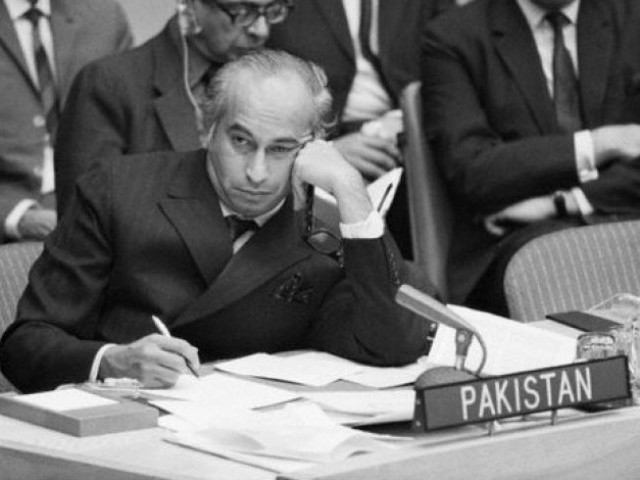Two treaties were signed. The first, a treaty of amity and commerce, officially recognized the new country and encouraged Franco-American trade. The second provided for a military alliance against Great Britain and also required recognition of absolute independence for the United States as a condition of peace. In addition, peace could be arrived at only by mutual French and U.S. consent. Finally, France renounced all territorial claims in North America east of the Mississippi River and in Bermuda, and it agreed to guarantee whatever U.S. boundaries existed at the war’s end in exchange for U.S. guarantees of French possessions in the West Indies.
The 41st death anniversary of Zulfiqar Ali Bhutto, the founder of the Pakistan Peoples Party (PPP) and the former prime minister of the country is being observed today across the country.

Stanley Wolpert had written these prophetic lines somewhere in 1993, the last lines in his biography of Zulfiqar Ali Bhutto, some 14 years after the midnight execution.
Former president Asif Ali Zardari in a statement paid tribute to Zulfiqar Ali Bhutto that Bhutto is still ruling the hearts of the people. He had defeated the exploiting forces by giving awareness to the people of their rights, Asif Zardari said.
Shaheed Zulfiqar Ali Bhutto’s visionary leadership shaped the events of the contemporary age according to the needs of the time. His vision was futuristic. His policies became the guiding principles for all times to come. The way he coped with most difficult circumstances and insurmountable difficulties and solved the trying problems of his country, made him a legend even in his life time.











